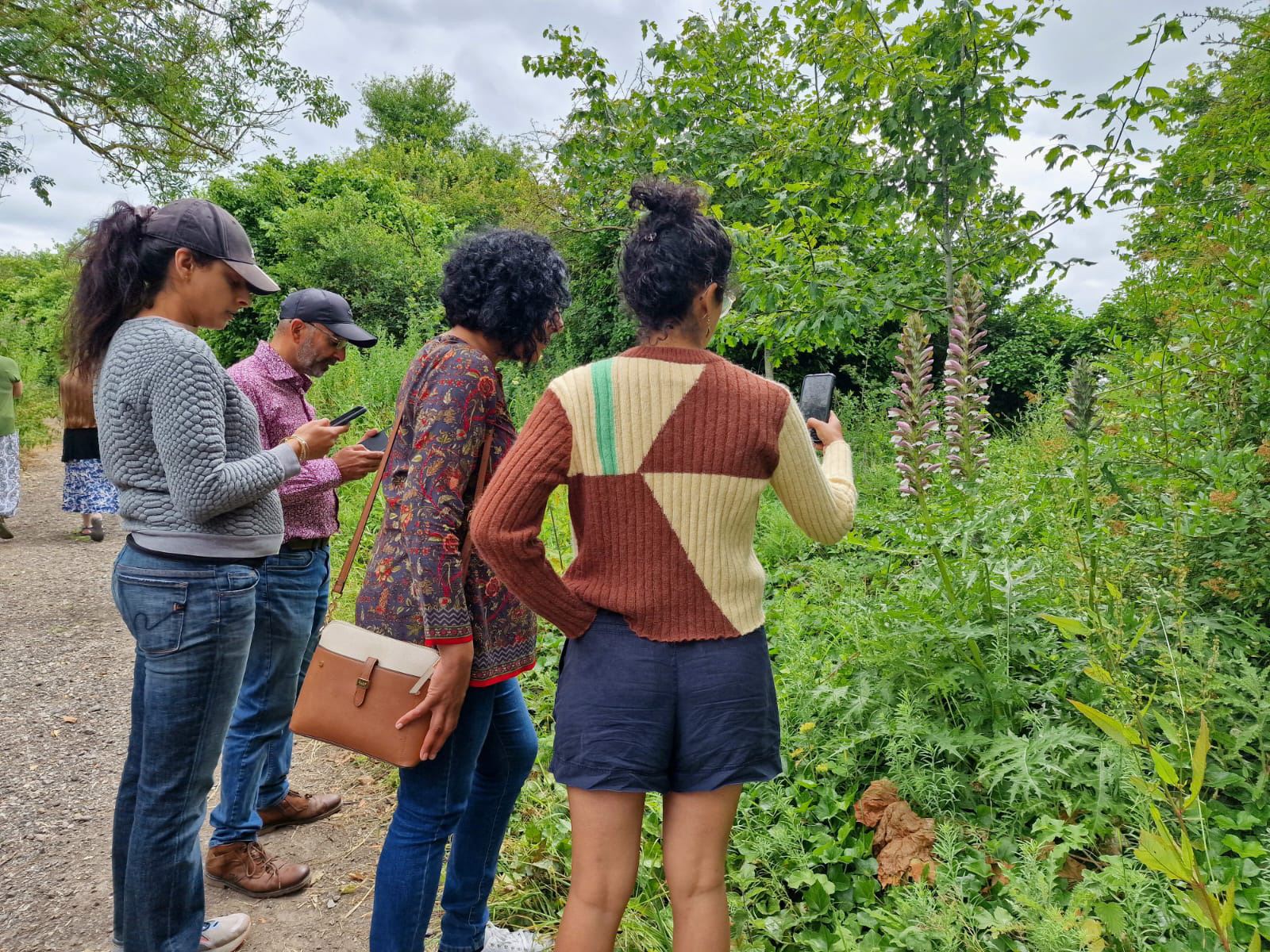
iNaturalist Biodiversity Observation
Purpose
To engage individuals and teams in observing, identifying, and sharing wildlife sightings through a citizen science platform. iNaturalist fosters connection to nature, supports ecological learning, and contributes to real-time biodiversity data. It is a flexible method that blends reflection, wellbeing, and environmental action.
Key Features
Participants:
- Anyone with access to a smartphone or camera
- Suitable for individuals, teams, or whole organisations
- Can be adapted for younger audiences using Seek (no account required)
Estimated Timeframe:
- Open-ended or time-bound (e.g. 1-day BioBlitz, month-long challenge)
- Flexible formats: lunchtime walks, weekend safaris, seasonal campaigns
Budget Level:
- Low
- Costs may include prizes, printed materials or borrowed devices
Materials Needed:
- Smartphone or camera
- iNaturalist or Seek app
- Institutionally approved ethical information and consent forms (if collecting data)
- Optional: shared board or chat group, printed guides, prizes
- Optional: Miro board or feedback platform for reflection
Skills Required:
- Basic tech guidance (app use)
- Facilitation of reflection and storytelling
- Ability to link observations to broader biodiversity themes
- Adaptability and ethical awareness
- Optional: ecological framing or data interpretation
Case Study
Context of Use
In PLANET4B, the method was tested among project partners as friendly photo-sharing challenge to promote workplace biodiversity engagement. It encouraged consortium members to observe nature in everyday settings – both during and outside of work – and contribute to ecological data.
How It Worked
Participants used iNaturalist to record species. Monthly newsletters updated participants with the number of species observed so far, highlighting three recent observations. Themes included 'purple plants' and 'spotted in Budapest' following a consortium meeting there.
Engagement & Participation
The method encouraged curiosity, creativity and collaboration. Participants reflected on their observations, shared stories, and connected across departments. It supported both individual mindfulness and collective ecological awareness.
Outcomes & Insights:
- Increased attentiveness to everyday nature
- Strengthened wellbeing and outdoor engagement
- Fostered team-building and cross-departmental dialogue
- Contributed to biodiversity data and reporting
- Inspired micro-actions and site-level improvements
Strengths & Considerations
Strengths:
- Accessible and low-cost
- Supports citizen science and ecological learning
- Encourages reflection and storytelling
- Adaptable across age groups and settings
- Can be embedded in wellbeing or sustainability programmes
Considerations:
- Requires basic tech support for app use
- Impact depends on follow-up and visibility of outcomes
- Data interpretation may need ecological framing
- Privacy and safety guidance should be provided
- Works best when linked to seasonal cycles



